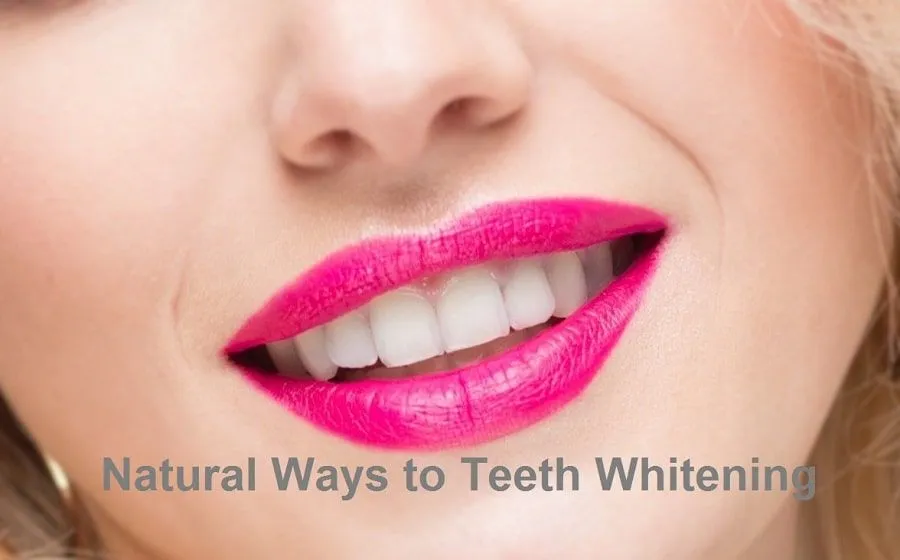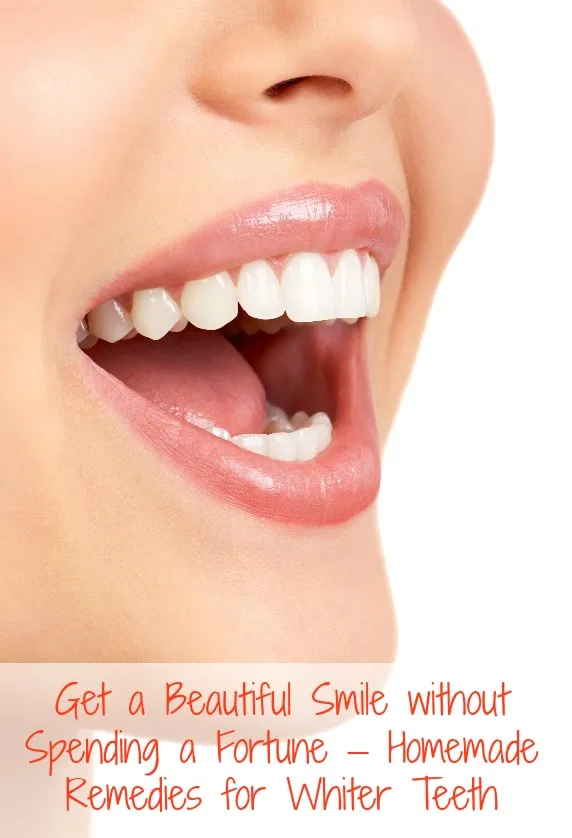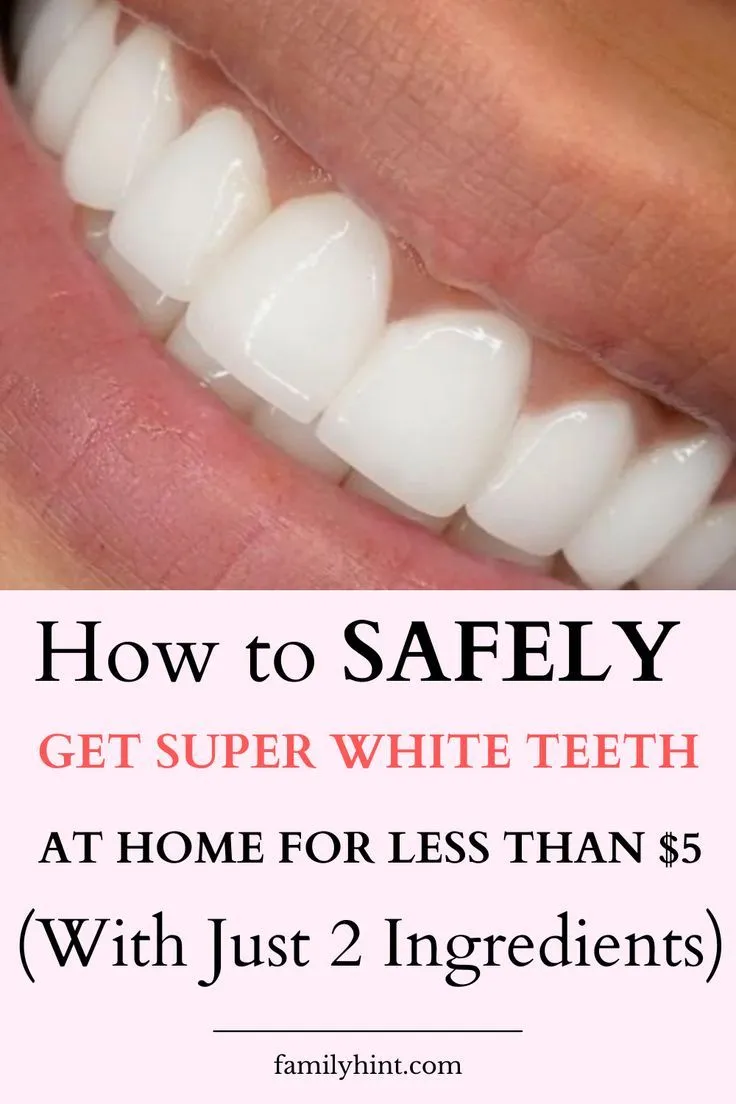Understanding Teeth Staining
Teeth staining is a common cosmetic concern, stemming from various factors that impact the color of your teeth. It’s essential to understand the underlying causes to effectively address and prevent discoloration. The enamel, the outermost layer of the tooth, is porous and can absorb pigments from foods, drinks, and other substances. Over time, these pigments accumulate, leading to stains. Genetics, aging, and certain medical treatments can also influence tooth color. By grasping these fundamentals, you can take informed steps toward maintaining a brighter smile and identifying appropriate teeth whitening strategies.
Types of Teeth Stains
Teeth stains are broadly categorized into two main types, each with distinct causes and characteristics. Knowing these differences can guide you in selecting the most effective whitening approaches. Extrinsic stains affect the surface of the enamel, while intrinsic stains originate from within the tooth structure. Different treatments may be needed depending on the type of stain, and understanding this difference is crucial for an informed approach to teeth whitening.
Extrinsic Stains

Extrinsic stains are those that appear on the surface of the tooth, affecting the enamel. These stains are typically caused by pigments found in foods and drinks, such as coffee, tea, red wine, and berries. Tobacco use is another major contributor. These stains are generally easier to remove with various teeth whitening methods. Regular brushing, flossing, and professional cleanings can effectively combat these types of stains, helping to restore the natural brightness of your smile.
Intrinsic Stains
Intrinsic stains originate from within the tooth, affecting the dentin, the layer beneath the enamel. These stains can be caused by factors like aging, genetics, certain medications (such as tetracycline), or excessive fluoride exposure during tooth development. Intrinsic stains are often more challenging to remove, sometimes requiring more advanced treatments such as professional bleaching or cosmetic procedures. It’s essential to consult with a dentist to determine the best course of action.
Natural Remedies for Teeth Whitening
Explore natural remedies for teeth whitening as a gentler and often more accessible approach to a brighter smile. Many everyday ingredients have properties that can help reduce surface stains and improve overall oral health. These natural methods offer a low-cost alternative to commercial products and can be easily incorporated into your daily routine. However, results may vary, and it’s important to use these remedies with care. Overuse or improper application can potentially cause sensitivity. Always consult with your dentist for personalized advice.
Oil Pulling for Whitening

Oil pulling, an ancient Ayurvedic practice, is an effective and simple method for teeth whitening and overall oral health. It involves swishing oil, typically coconut oil, in your mouth to remove bacteria, toxins, and plaque. This helps to reduce stains and promote healthier gums. Coconut oil is particularly beneficial due to its antibacterial properties. While oil pulling might not provide instant results, consistent use can lead to noticeable improvements over time. It is a safe, natural, and inexpensive way to enhance your oral hygiene routine.
How to Do Oil Pulling
To practice oil pulling effectively, begin by taking one to two tablespoons of coconut oil into your mouth. Swish the oil gently around your mouth, ensuring it reaches all areas, including between your teeth. Continue swishing for 15–20 minutes. It’s important not to swallow the oil, as it contains the toxins and bacteria that are being removed. After swishing, spit the oil into a trash can to avoid clogging your sink and rinse your mouth thoroughly with water. Finally, brush your teeth as usual. Practicing this daily can contribute to cleaner teeth and improved oral health.
Baking Soda and Hydrogen Peroxide
Baking soda and hydrogen peroxide are a powerful combination for teeth whitening due to their abrasive and oxidizing properties. Baking soda gently scrubs away surface stains, while hydrogen peroxide acts as a bleaching agent, breaking down stains within the enamel. This combination is a popular DIY remedy. However, it’s essential to use these substances with caution, as overuse can potentially damage the enamel. It’s best to use this method in moderation and always consult your dentist.
Using Baking Soda

To use baking soda for teeth whitening, mix a small amount—about a teaspoon—with a little water to create a paste. Apply this paste to your toothbrush and gently brush your teeth for about two minutes. Rinse your mouth thoroughly afterward. This method should be used sparingly, perhaps once or twice a week, to avoid damaging your enamel. Regular use can lead to noticeable whitening, but it’s important to be gentle and listen to your teeth and gums. Always use a soft-bristled toothbrush to minimize abrasion.
Using Hydrogen Peroxide
For teeth whitening with hydrogen peroxide, use a 3% solution, readily available at most drugstores. You can either brush your teeth directly with the diluted hydrogen peroxide or use it as a mouth rinse. If brushing, apply a small amount to your toothbrush and brush gently for about a minute. For a mouth rinse, swish a small amount around your mouth for about a minute, then rinse with water. Avoid swallowing the solution. Hydrogen peroxide can be drying, so it’s important to follow up with a regular brushing and flossing routine. Use this method a few times per week, and monitor your teeth for any sensitivity.
The Role of Diet in Whitening
Your diet plays a significant role in the color and health of your teeth. Certain foods and drinks can stain teeth, while others promote oral health and can help maintain a brighter smile. Being mindful of what you consume and adopting a balanced diet is crucial for preventing stains and achieving the desired results from any teeth whitening efforts. Proper dietary choices can complement other whitening techniques and enhance the overall appearance of your teeth.
Foods That Stain Teeth

Several foods and drinks are known to stain teeth due to their high pigment content or acidic nature. Coffee, tea, and red wine are notorious for causing discoloration. Dark-colored berries like blueberries and blackberries also contain pigments that can stain enamel. Additionally, acidic foods such as citrus fruits and vinegar can erode enamel, making teeth more susceptible to stains. Limiting or carefully consuming these items can help prevent staining and maintain your teeth’s natural brightness. Brushing or rinsing your mouth with water after consuming these foods can help minimize their impact.
Foods That Help Whiten
Certain foods can naturally help whiten teeth due to their abrasive qualities or ability to stimulate saliva production, which helps to wash away food particles and stains. Crunchy fruits and vegetables, such as apples, carrots, and celery, can act as natural tooth scrubbers. Dairy products, like milk and yogurt, are rich in calcium and can strengthen enamel. Drinking plenty of water also helps by rinsing away food particles and keeping your mouth hydrated. Including these foods in your diet can contribute to a healthier and brighter smile.
Maintaining White Teeth
Maintaining white teeth requires consistent oral hygiene practices and regular dental checkups. These habits are critical for preserving the results of teeth whitening efforts and preventing future discoloration. Regular care not only keeps your teeth white but also supports overall oral health. Combining these practices ensures that your smile remains bright and healthy for years.
Brushing and Flossing

Brushing and flossing are the cornerstones of effective oral hygiene. Brushing twice a day with fluoride toothpaste helps remove plaque and surface stains, while flossing once a day removes food particles and plaque from between your teeth and along the gum line. Use a soft-bristled toothbrush and gentle circular motions to avoid damaging your enamel. Regular brushing and flossing prevent stain buildup and maintain the health of your gums, ultimately contributing to a brighter smile. These habits are essential for a healthy and beautiful smile.
Regular Dental Checkups
Regular dental checkups are essential for maintaining white teeth and overall oral health. Professional cleanings remove plaque and tartar that brushing and flossing alone can’t eliminate, helping to prevent stains and gum disease. Your dentist can also identify and address any potential issues early on, such as cavities or enamel erosion. Schedule checkups every six months to ensure your teeth remain healthy, bright, and free from any serious dental problems. A professional cleaning can also provide an extra boost to teeth whitening efforts.
Achieving and maintaining a bright, white smile is possible with a combination of natural remedies, good oral hygiene, and dietary awareness. While home remedies can be effective for whitening teeth, it’s essential to approach them with caution and moderation. Always consult with a dentist to determine the best approach for your individual needs and to ensure that your teeth and gums remain healthy. With a consistent routine and professional guidance, you can enjoy a confident, radiant smile.
